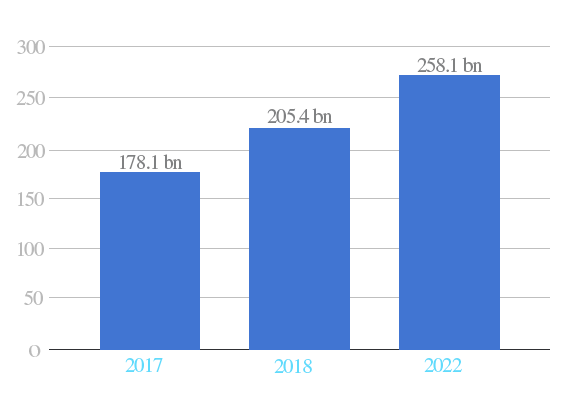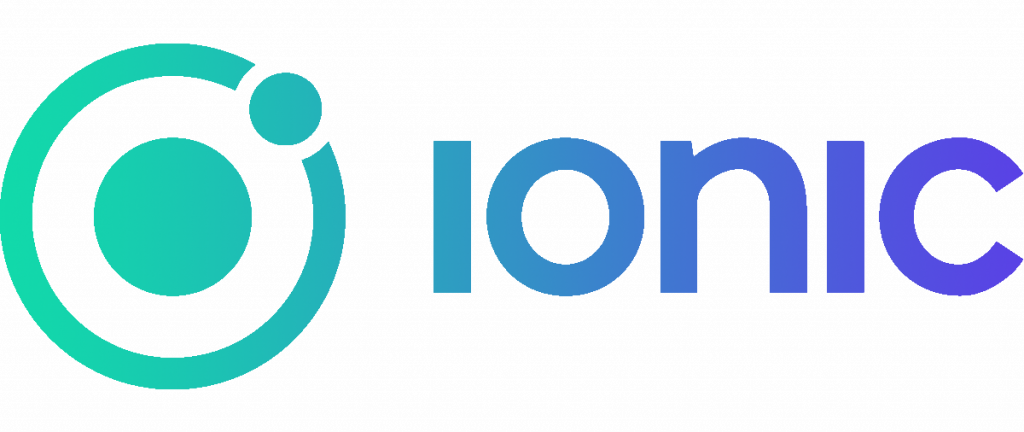React Native MVP: Launch Your Mobile App Quicker
According to the Jellyfish.tech CEOs survey on top challenges in 2020, the #1 challenge is the fear of launching a new product.
“Do customers need my product? Will they pay for it?”, — the questions every founder asks when drawing up a product vision and searching for product-market fit.
These fears are perfectly normal, as failing to fulfill customer needs will cost a considerable amount of money, time, & resources to a company.
Although they say “failure is the first step to success”, there are still some ways to reduce the cost of a mistake, cut costs, & maximize the ROI when launching a mobile app.
Let me explain the main concepts we operate when developing the first version of your product:
PRODUCT DISCOVERY > is an essential stage of a product design aimed at reaching a deep understanding of end-user needs. The process of product discovery helps make sure your future product is vital to your users. Without thorough customer research, your product is risking bringing little or no value to the users, which will obviously have a great business impact. This stage is crucial for shaping, polishing, or even pivoting the initial idea according to end-users behavior.
MVP > a minimum viable product is the first version of a product that contains only the basic functions. An MVP launch helps you understand whether your audience really appeals to your product and collect valuable feedback for future improvements. A web or mobile MVP approves or disapproves the assumptions we make at the product discovery stage, helps us see if there is a product-market fit and understand whether further product investments are worth it.
CROSS-PLATFORM MOBILE APP > The number of mobile smartphone users is constantly growing per year and is expected to reach 3.8 billion in 2021 according to Statista.
The number of app downloads will reach 258.2 billion per year in 2022:

In most cases, both Android and iOS operating systems are of value for businesses that are about to launch a new mobile product. Here, we have two options: creating a native app for each platform or choosing a cross-platform solution that is compatible with different os.
The second option allows cutting development costs and hiring only one team for both Android and iOS app creation.
This is exactly the reason why the Jellyfish.tech team is working with cross-platform apps creation, using the best-fitting technologies: React Native (mostly) and Ionic.
Let me show how we build competitive apps for you using robust technologies & keeping in mind the above-mentioned concepts.
Frontend
React Native vs Ionic

React Native is a great framework that bridges the gap between web and mobile. At Discord, it has brought us incredible efficiency. It allows us to write reusable code, learn from each other, and move fast with a two-person team.
Funghao (Robin) Chen, Mobile Lead at Discord
React Native is customized for creating cross-platform apps with JavaScript, which function exactly like native mobile applications.
Pros:
- out-of-the-box UI blocks for creating a native UX;
- possibility to see the changes as soon as they’re saved: hot reloading (unlike the need to recompile the project in native development), which is a great time-saver;
- reusable code for faster development;
- excellent maintainability;
- native-like app performance;
- no App Store/ Google Play approval is needed when pushing an update (it usually takes up to 2 days to get reviewed).
Cons:
- Facebook dependency;
- a limited number of third-party components.

The more I look at Ionic, the more I love what they are doing. Truly. I wish I had a mobile app to build right now.
John Papa, Microsoft Dev Rel
Ionic is a tool for building cross-platform apps using Angular, React, Vue.
Pros:
- good maintainability;
- reusable code for faster development;
- built-in debugging & testing tools for better QA;
- big community;
- multiple plugins & integrations available.
Cons:
- a mobile app is wrapped in a “native container” that decreases the usability;
- lack of performance compared to React Native and native apps.
Compare Ionic and React Native:
| Feature | React Native | Ionic |
| Purpose | make a single codebase work on different operating systems | make a single codebase work on different operating systems |
| Core principle | learn once, write anywhere | write once, run anywhere |
| Device | mobile-only | desktop + mobile |
| Platform | iOS, Android, Web | iOS, Android, Electron, PWA, Web |
| Technologies supported | React | Angular, React, Vue |
| Performance | +++ | ++ |
| Native user experience | +++ | + |
| Ease to transform a website to a mobile app | + | +++ |
How can React Native cut costs and deliver a better user experience
The technologies feature different ways of implementing the code via native devices (Android, IOS):
- Ionic consists of a mobile browser and a layer to interact with the native functions (touch id, camera) that gives a worse performance but makes it easier for the developers to write code.
- React Native compiles the code supported by the system ensuring a better performance and opening more technical opportunities. While the app logic still runs on JS, React Native offers 100% native functionality compared with Ionic. So, if we need to focus on the native-like functionality, we’ll choose React Native.
Should we compare these two technologies? Just like we shouldn’t compare React and Angular, as they are used in different situations for different purposes often based on the dev’s personal preferences, both React Native and Ionic have different use cases.
Although both technologies are intended to launch the basic code on different platforms (Web, Android, IOS), React Native is still a better tool to deliver a native-like interface & user experience at a lower cost.
That’s why the Jellyfish.tech team prefers to develop an MVP for a mobile app using React Native.
Backend
We’re sure that going deeper into the technology and becoming industry experts is impossible if we are wasting on every backend framework that is catching.
That’s why our team chose Python/Django to focus on and grow our expertise day by day.
We mainly use stack Python/Django + DRF + PostgreSQL/MySQL for the mobile app backend. This is a perfect combination of the open-source technologies we use to deliver scalable, robust, and secure applications.
And that’s not all!
Mainly creating web & mobile MVPs for startups, we’ve understood that our customers require us to find a way of reducing the time to market and making a development process more predictable.
We brainstormed the possible ways to cut MVP development costs and came up with the technical solution that’s now helping startups over the world optimize the product development processes.
Our team set up an “assembly line” to reduce the time spent on the creation of the typical apps functionality — authorization and login, media upload, payment integration, basic content management.
Now, we shouldn’t develop these features from scratch: all we need is to take the custom pieces of code from our starter development kit (SDK) we’ve made for this purpose, focusing on the core functionality and reducing the number of hours spent on the product development.
Check how our SDK could save your budget:
Wrapping up
We know better than anybody that it’s impossible to do everything by yourself. The Jellyfish.tech team is led by startup owners, so we once were in your shoes to find out how much commitment & effort it requires.
Having somebody to help can be actually a life-saver allowing you to focus on business needs instead of delving into technical details.
A custom technical SDK we’ve created and delivered when working on the mobile app for our customers enables us to offer MVP solutions, which require less time to implement, staying competitive in the market.
Our cross-platform mobile development expertise is here to support the founders & owners who are about to launch a new product, reducing the number of resources spent.

